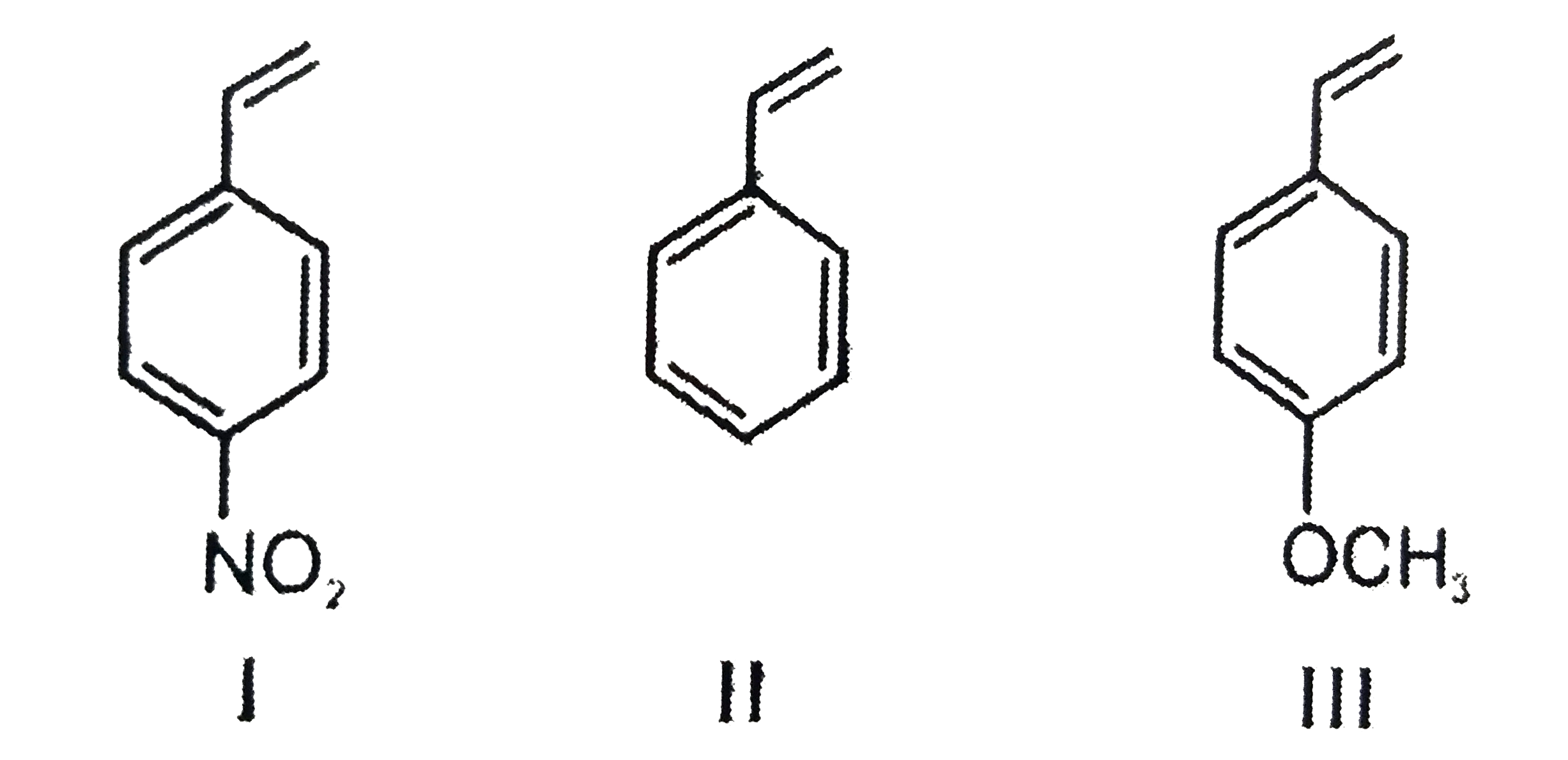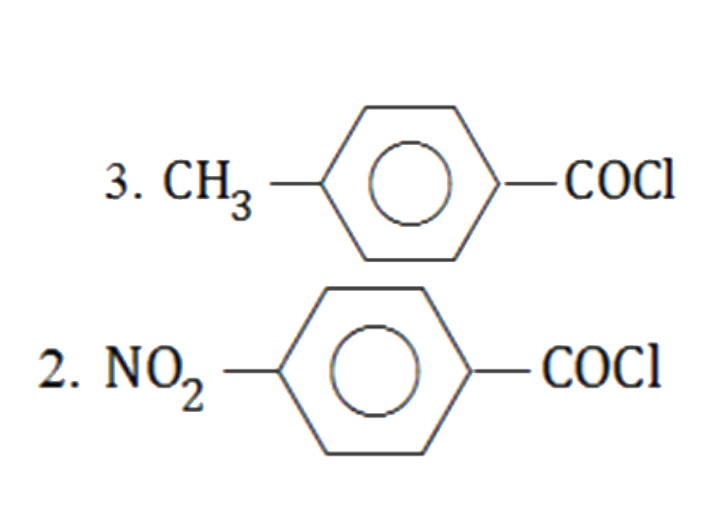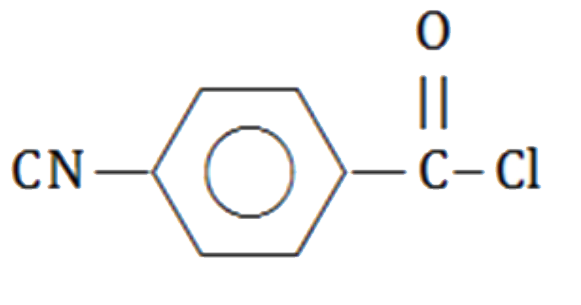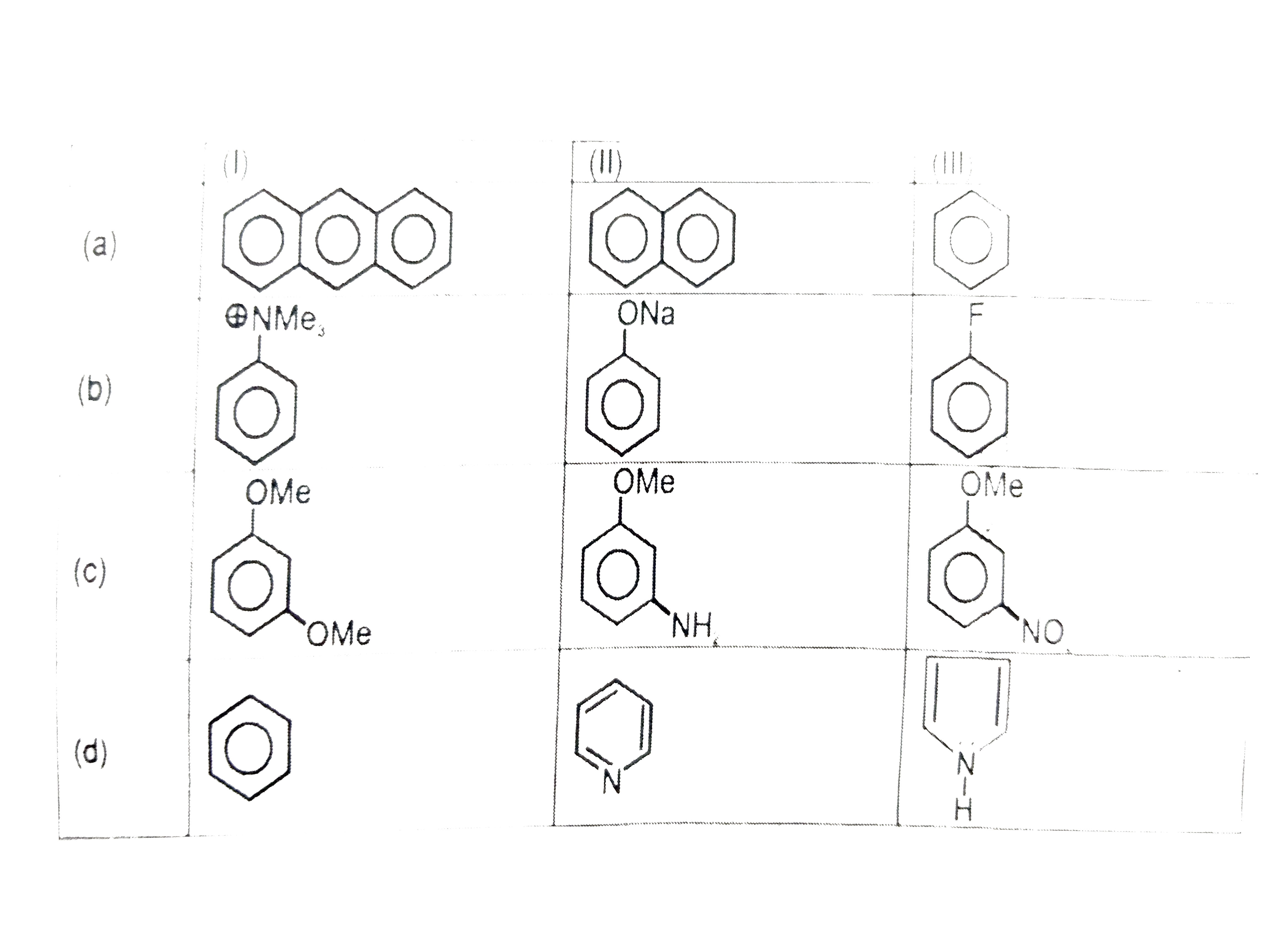Arrange oxides of chlorine in decreasing order of reactivity.
To arrange the oxides of chlorine in decreasing order of reactivity, we can follow these steps:
Step 1: Identify the Oxides of Chlorine
The common oxides of chlorine are:
1. Cl2O (Dichlorine monoxide)
2. ClO2 (Chlorine dioxide)
3. Cl2O6 (Dichlorine hexoxide)
4. Cl2O7 (Dichlorine heptoxide)
Step 2: Determine the Oxidation States of Chlorine in Each Oxide
To find the oxidation state of chlorine in each oxide, we can use the formula:
Oxidation state of Cl=x+n(oxidation state of O)=0
where n is the number of oxygen atoms.
- For Cl2O:
2x+1(−2)=0
2x−2=0
2x=2
x=+1
- For ClO2:
x+2(−2)=0
x−4=0
x=+4
- For Cl2O6:
2x+6(−2)=0
2x−12=0
2x=12
x=+6
- For Cl2O7:
2x+7(−2)=0
2x−14=0
2x=14
x=+7
Step 3: Analyze Stability and Reactivity
The stability of these oxides is inversely related to the oxidation state of chlorine. Higher oxidation states indicate greater stability, which in turn means lower reactivity.
- Cl2O: +1 (least stable, most reactive)
- ClO2: +4
- Cl2O6: +6
- Cl2O7: +7 (most stable, least reactive)
Step 4: Arrange in Decreasing Order of Reactivity
Based on the oxidation states and their corresponding stability:
1. Cl2O (most reactive)
2. ClO2
3. Cl2O6
4. Cl2O7 (least reactive)
Final Answer
The decreasing order of reactivity of the oxides of chlorine is:
Cl2O > ClO2 > Cl2O6 > Cl2O7
---
The common oxides of chlorine are:
1. Cl2O (Dichlorine monoxide)
2. ClO2 (Chlorine dioxide)
3. Cl2O6 (Dichlorine hexoxide)
4. Cl2O7 (Dichlorine heptoxide)
To find the oxidation state of chlorine in each oxide, we can use the formula:
Oxidation state of Cl=x+n(oxidation state of O)=0
where n is the number of oxygen atoms.
2x+1(−2)=0
2x−2=0
2x=2
x=+1
x+2(−2)=0
x−4=0
x=+4
2x+6(−2)=0
2x−12=0
2x=12
x=+6
2x+7(−2)=0
2x−14=0
2x=14
x=+7
The stability of these oxides is inversely related to the oxidation state of chlorine. Higher oxidation states indicate greater stability, which in turn means lower reactivity.
- ClO2: +4
- Cl2O6: +6
- Cl2O7: +7 (most stable, least reactive)
Based on the oxidation states and their corresponding stability:
1. Cl2O (most reactive)
2. ClO2
3. Cl2O6
4. Cl2O7 (least reactive)
The decreasing order of reactivity of the oxides of chlorine is:
Cl2O > ClO2 > Cl2O6 > Cl2O7
Topper's Solved these Questions
- BOOK - CENGAGE CHEMISTRY ENGLISHCHAPTER - APPENDIX INORGANIC VOLUME 2EXERCISE - Exercises137videos
APPENDIX INORGANIC VOLUME 2
- BOOK - CENGAGE CHEMISTRY ENGLISHCHAPTER - ALIPHATIC AND AROMATIC ALDEHYDES AND KETONESEXERCISE - Archives Subjective26videos
ALIPHATIC AND AROMATIC ALDEHYDES AND KETONES
- BOOK - CENGAGE CHEMISTRY ENGLISHCHAPTER - AROMATIC COMPOUNDS AND ALKYL AND ARYL HALIDES EXERCISE - Archives Subjective Type4videos
AROMATIC COMPOUNDS AND ALKYL AND ARYL HALIDES
Similar Questions
Knowledge Check
- Question 1 - Select One
Arrange the following in decreasing order of reactivity towards EAS (electrophilic aromatic substitution)
 Aa gt b gt cBc gt b gt aCa gt c gt bDc gt a gt b
Aa gt b gt cBc gt b gt aCa gt c gt bDc gt a gt b - Question 2 - Select One
Arrange these compounds in decreasing order of reactivity for the nucleophilic addition reaction.
(I) Acid chloride (II) Aldehyde (III) Ketone (IV) EsterAI>II>III>IVBIV>III>II>ICIII>II>I>IVDI>IV>II>III - Question 3 - Select One
Arrange the following three chlorides in decreasing order towards SN1 reactivity.
 A1 gt 2 gt 3B2 gt 3 gt 1C2 gt 1 gt 3D3 gt 2 gt 1
A1 gt 2 gt 3B2 gt 3 gt 1C2 gt 1 gt 3D3 gt 2 gt 1
Arrange the following in decreasing order of reactivity towards electrophilic substitution reaction
Aniline (I) , Acetanilide (II)
phenol (III) , Anilinium chloride (IV)View SolutionArrange in decreasing order of reactivity with HCl :
 View Solution
View SolutionArrange following compounds in decreasing order of reactivity for hydrolysis reaction

 View Solution
View SolutionArrange the following in decreasing order of acidity
 View Solution
View SolutionArrange the following:
Elements of group 17, in decreasing order of reactivity.View Solution

